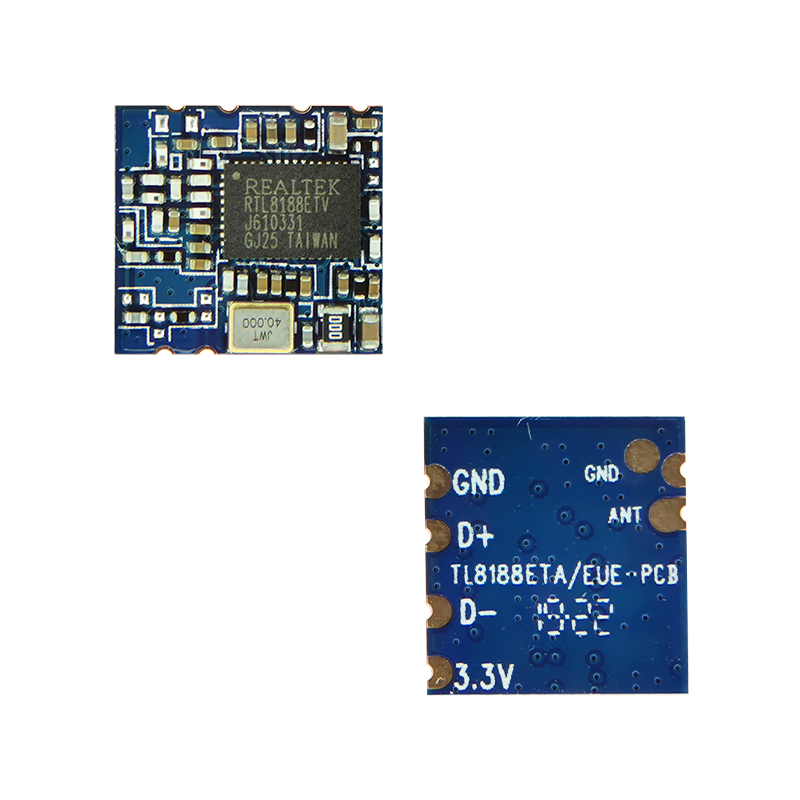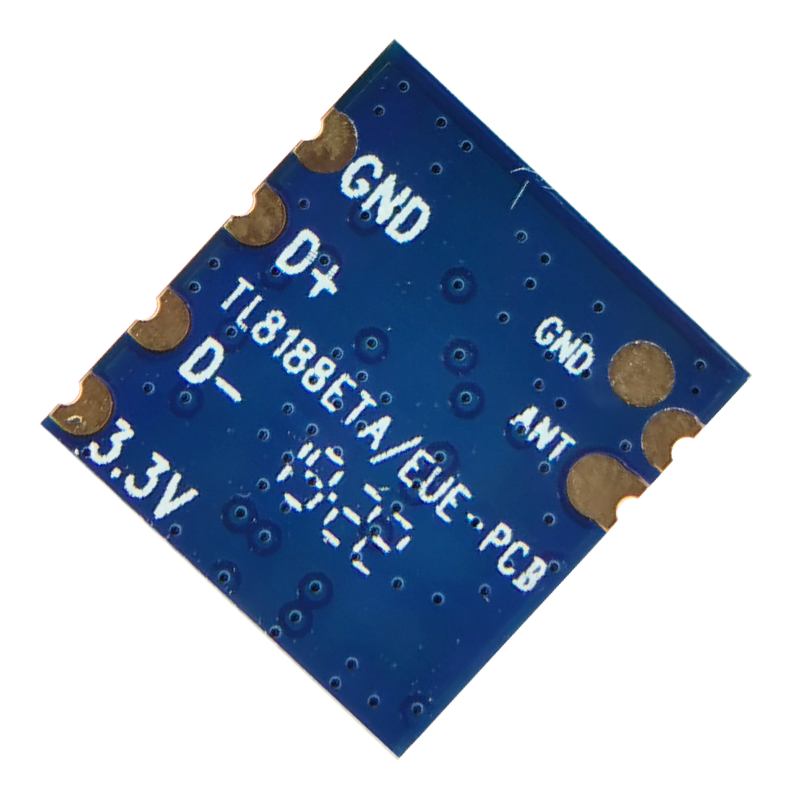Ensuring compatibility of WiFi chips on different devices is crucial for seamless connectivity in today's interconnected world. With the increasing number of devices reliant on WiFi, such as smartphones, laptops, smart home devices, and wearable technology, it is essential to have a comprehensive understanding of WiFi chip compatibility to enhance user experience and simplify technological integration.
WiFi chips, also known as wireless network adapters, are electronic components that enable devices to connect to wireless networks and access the internet. They are installed either internally or externally and facilitate communication between the device and the WiFi network by transmitting and receiving wireless signals.
WiFi chip compatibility refers to the ability of one device's WiFi chip to connect and communicate with another device's WiFi chip. It ensures that the devices can work together seamlessly, exchange data, and maintain a stable and reliable connection.
Several factors influence the compatibility of WiFi chips across different devices:
WiFi standards, such as IEEE 802.11a, 802.11b, 802.11g, 802.11n, and 802.11ac, establish the rules and protocols for wireless communication. Devices with different WiFi standards may have varying compatibility. For instance, a device with an older 802.11g WiFi chip may not be compatible with a device that uses the newer 802.11ac WiFi chip.
WiFi signals operate on different frequency bands, such as 2.4 GHz and 5 GHz. While some devices support both frequency bands, others may only support one. Therefore, compatibility is essential to ensure devices can connect and communicate effectively.
Manufacturers often release firmware and software updates to improve device performance, security, and compatibility. It is crucial to keep devices updated with the latest software to enhance compatibility with other devices and networks.

There are several steps that can be taken to ensure WiFi chip compatibility:
Before purchasing a device, research and review the specifications and compatibility requirements of its WiFi chip. Check if the device supports the desired WiFi standards, frequency bands, and any specific connectivity requirements.
If unsure about compatibility, reach out to the device manufacturer or technical support for guidance. They can provide detailed information about the WiFi chip compatibility and suggest suitable alternatives if needed.
Universal WiFi standards, such as IEEE 802.11b/g/n, offer higher compatibility across devices with different WiFi chip configurations. Consider opting for devices with universal WiFi standards to enhance compatibility.
WiFi chip compatibility offers numerous benefits:
Compatible WiFi chips ensure devices can seamlessly integrate and communicate with each other, enhancing overall user experience and convenience.
Compatibility between WiFi chips enables devices to connect and communicate effectively, resulting in stable and reliable network connectivity.
WiFi chip compatibility allows for interoperability between devices from different manufacturers, giving users flexibility in creating a customized ecosystem of devices that work together effortlessly.

Ensuring compatibility of WiFi chips across different devices is of paramount importance to enhance connectivity, user experience, and simplify the integration of technology in our lives. By understanding the factors influencing compatibility and following steps to ensure compatibility, users can enjoy seamless communication and connectivity in the ever-evolving digital landscape.
 Trolink Joint With Tuya to Make Iot Benefit Every Family
Trolink Joint With Tuya to Make Iot Benefit Every Family
 5 Key Indicators for WiFi Module Selection You Have to Know !
5 Key Indicators for WiFi Module Selection You Have to Know !
 IOT module is the brain of smart products
IOT module is the brain of smart products
 What is the signal coverage range of the WiFi module chip?
What is the signal coverage range of the WiFi module chip?